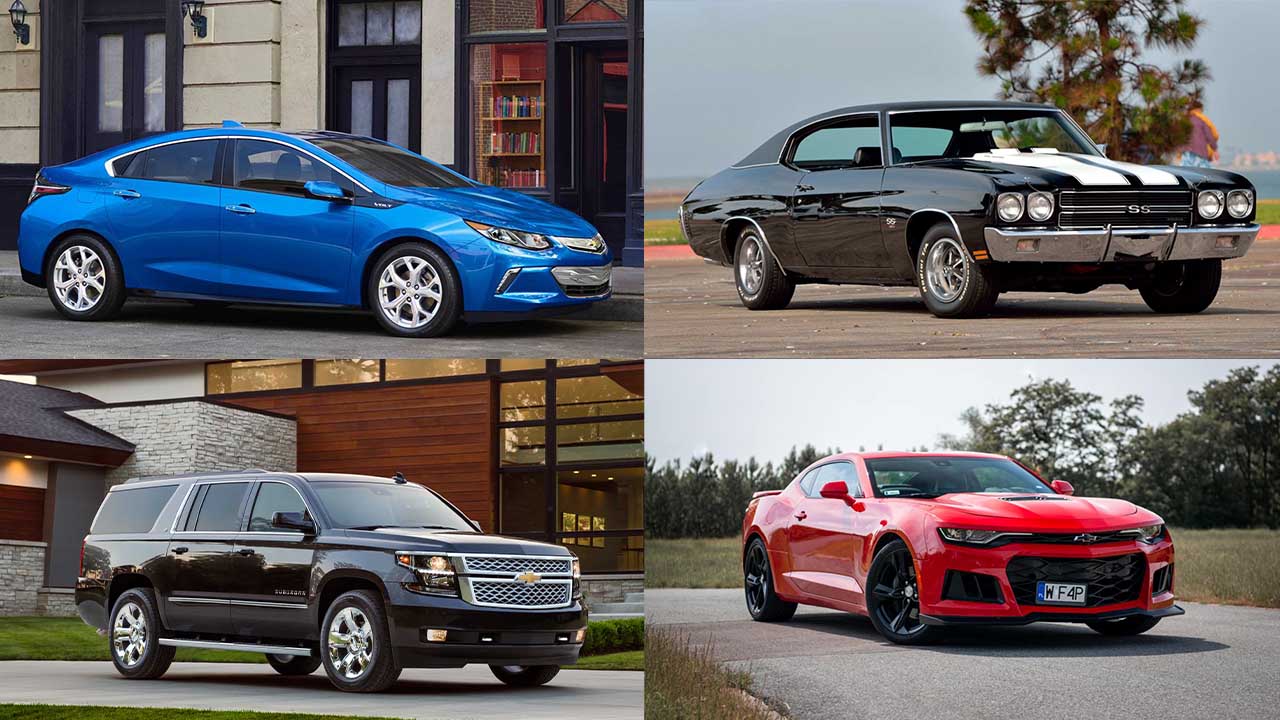Chevrolet is one of the most iconic names in the American automotive world, with a legacy that runs deep in the fabric of the nation’s culture.
As a brand under General Motors, Chevrolet has been a presence on U.S. roads since the early days of the automobile, debuting its first car just a few years after the launch of the Ford Model T.
Over the decades, it grew into a dominant force in the industry by offering vehicles that appealed to a wide range of consumers—from families and performance enthusiasts to tradespeople and everyday drivers. T
he company has produced vehicles in nearly every segment and body style, including full-size SUVs, compact hatchbacks, car-based pickup trucks, and everything in between.
Founded in 1903, Chevrolet is one of America’s oldest surviving automotive manufacturers. It was acquired by General Motors in 1918 and has since served as GM’s core brand, responsible for the majority of its U.S. sales.
As a mass-market automaker, Chevrolet competes in several key segments, particularly the SUV and truck categories, but it has also made a name for itself in the sports car realm and formerly in the mainstream sedan and hatchback markets.
Some of the brand’s most recognized models include the Silverado, Colorado, Suburban, Camaro, and Corvette. Chevrolet’s headquarters are located in Detroit, Michigan. The company was founded by Louis Chevrolet, Arthur Chevrolet, and William C. Durant, and it is currently led by GM CEO Mary Barra.
Over the years, Chevrolet has released numerous vehicles that not only defined the brand but also influenced the automotive industry as a whole. These cars touched nearly every corner of the market and helped make Chevrolet a household name.
From muscle cars and trucks to pioneering family vehicles, the brand has consistently evolved to meet shifting consumer demands. Looking back at the company’s history, it’s clear that several of its models were not just important for Chevrolet, but pivotal for the broader auto landscape.
These vehicles represent key turning points in the brand’s timeline, and many of them continue to resonate with drivers even today.
Chevrolet Series C Classic Six
When discussing Chevrolet’s most important vehicles, the Series C Classic Six deserves a prominent spot as it marked the brand’s first foray into automobile manufacturing.
This was the very first model to wear the Chevrolet name, and it was one of only a few vehicles developed under the direct oversight of Louis Chevrolet before his departure from the company.
Rather than competing directly with the utilitarian Ford Model T, the Series C Classic Six was aimed at a more upscale market, rivalling the more luxurious European cars of its time.
It came with a number of advanced features for the era, including electric headlights, a 4.9-liter inline-six engine producing 40 horsepower, and even a fuel gauge—a rarity at the time.
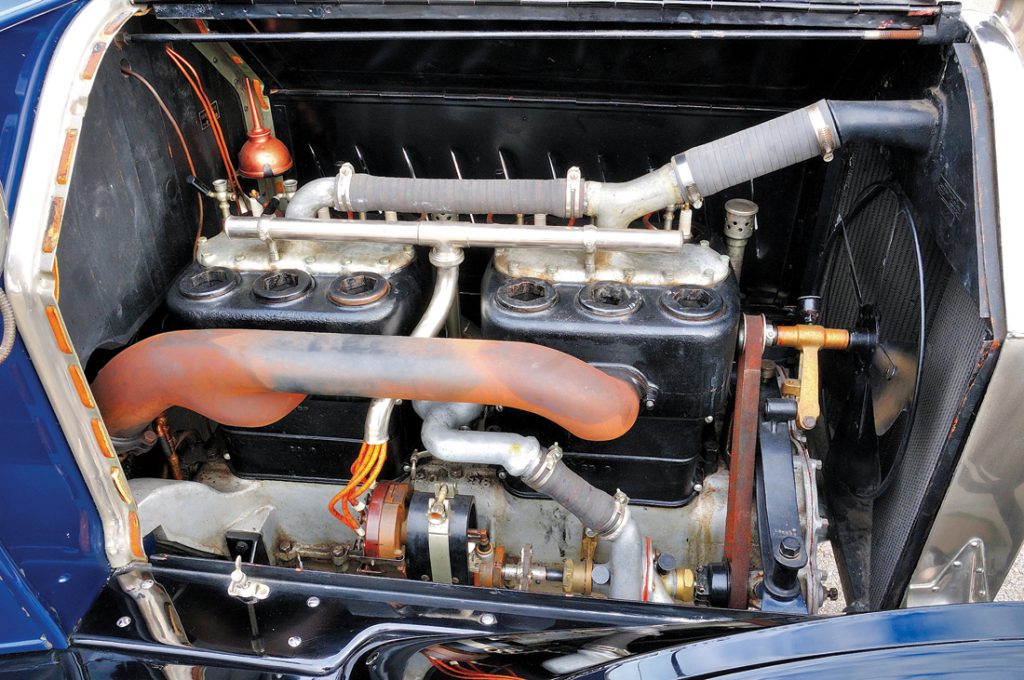
It was offered as a five-passenger touring car with rear-wheel drive and came with a price tag of $2,150, which was considered quite steep during that period.
Produced between 1912 and 1914, the Series C Classic Six had a short production run, with just over 2,000 units built in total. Today, nearly all of them have vanished from existence, with only two known examples still remaining as of 2024.
Despite its limited numbers and short-lived presence, the Classic Six stands as a historically significant model, being the first to carry the Chevrolet badge and setting the foundation for what would become one of America’s most enduring automotive brands.
Chevrolet Suburban
The Chevrolet Suburban is one of the most recognizable and enduring nameplates in automotive history. While it hasn’t literally been around forever, it often feels that way, as it holds the record for the longest-running nameplate in continuous production, having debuted in 1935.
From its earliest days, the Suburban was conceived as a practical and rugged utility vehicle capable of carrying people and cargo across long distances. Over the decades, it evolved into the definitive full-size SUV, bridging the gap between utilitarian workhorse and refined family hauler.
With a wide range of engine options offered over the years—including inline-sixes, V8s, and diesels—the Suburban has continually adapted to meet changing consumer needs.
Early models like the 1935 Suburban produced just 60 horsepower, while modern iterations such as the 2024 model deliver up to 420 horsepower. Available in rear- or all-wheel drive, the Suburban has long been a staple for large families, businesses, and public service fleets.
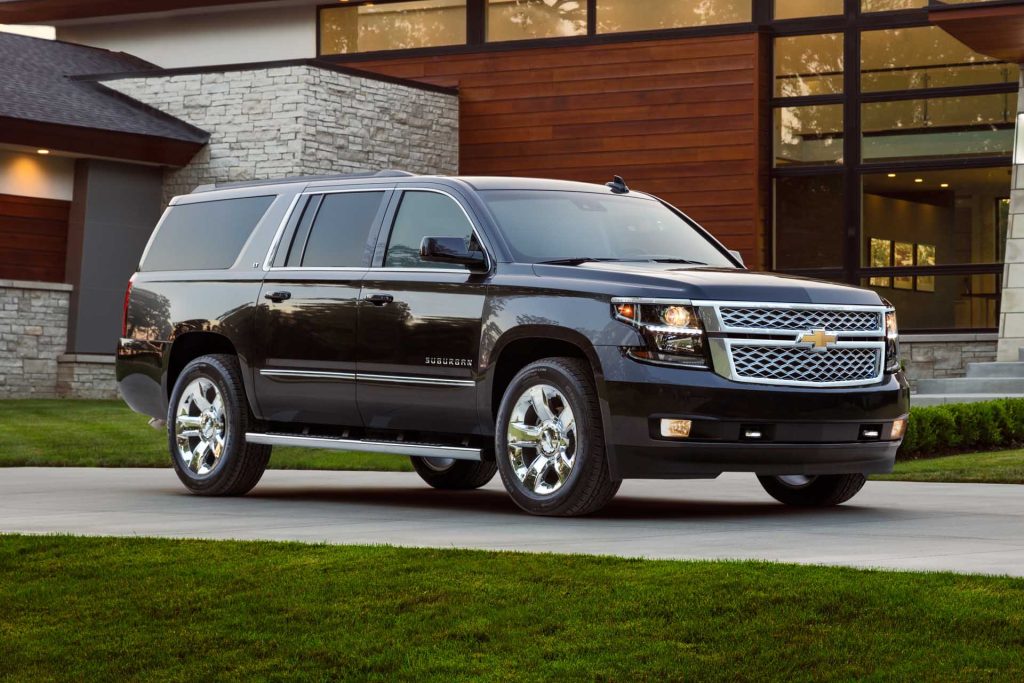
Though some may long for the gritty, straightforward nature of earlier generations—particularly those from the 1970s and 1980s—the Suburban continues to remain relevant.
Its latest upgrades, especially those seen in the 2025 model, have elevated it further in terms of comfort, capability, and tech integration. Regardless of how it’s evolved, the Suburban remains a vehicle we’ll never grow tired of seeing on the road, symbolizing American versatility and endurance.
Also Read: Top 10 Classic American Cars That Still Have Great Engines
Chevrolet Bel Air
Though the Chevrolet Bel Air remained in production until 1981—having been phased out in the United States by 1975—it is best remembered for embodying the spirit of 1950s America. Its design speaks volumes about the era: pastel paint jobs, prominent tailfins, flowing fender lines, and oversized mesh grilles that radiated confidence and flair.
Named after the affluent Los Angeles neighborhood of Bel Air, the car became a symbol of American prosperity and boundless optimism during the decade. Much of that cultural status was reinforced by the media, which latched onto the car’s aesthetic and status as a representation of the good life.
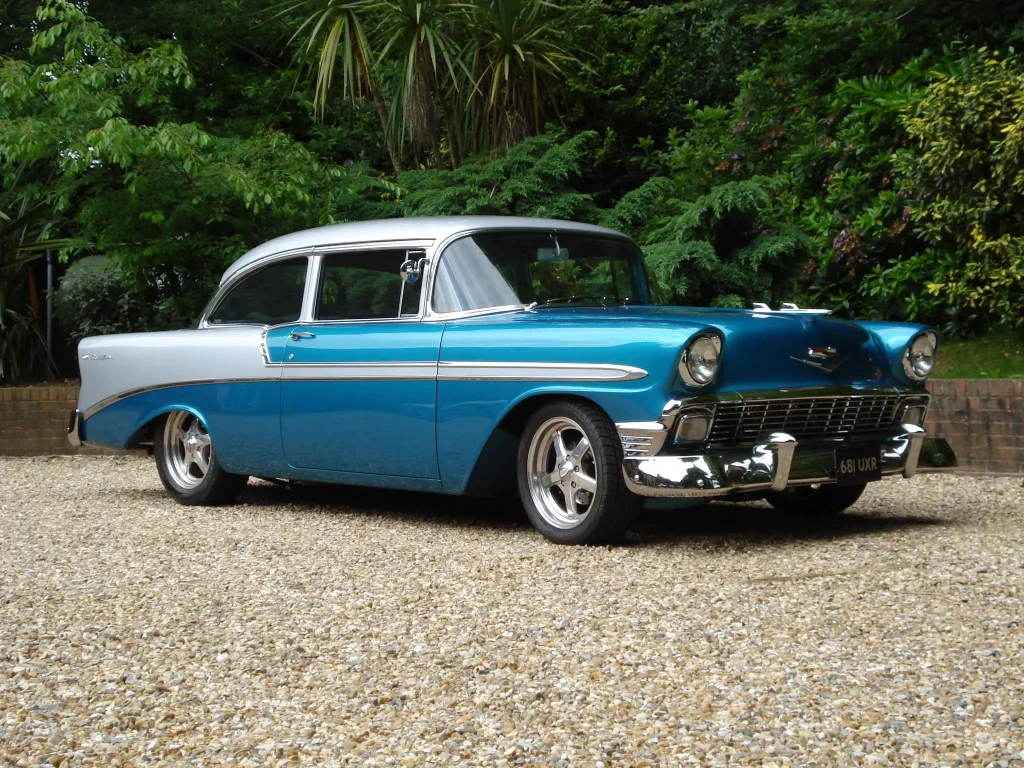
The most iconic versions were undoubtedly the 1955–1957 models, affectionately known as the “Tri-Five Chevys.” These were not just visually striking; they also marked the reintroduction of Chevrolet’s V8 engine after a long absence, giving the Bel Air some real performance credibility.
Despite its success in the ’50s, the Bel Air’s fortunes declined along with broader American cultural shifts. As the decades rolled on, the model gradually lost its appeal with each new generation, eventually leading to its discontinuation.
Still, the Bel Air’s place in Chevrolet’s history hasn’t been diminished, and catching a glimpse of one on the street is guaranteed to bring a smile to your face. It’s a timeless reminder of a golden era in American automotive design.
Chevrolet Corvette
The Corvette isn’t just a car—it’s an icon woven deeply into the fabric of American history. Throughout the nation’s ups and downs, the Corvette has remained a constant, and that legacy all started with a visionary at General Motors named Harley Earl.
As GM’s Head of Design from the late 1920s to the late 1950s, Earl recognized a shifting trend: soldiers returning from World War II were bringing back European sports cars from the likes of Porsche and Jaguar.
Earl believed that Americans should be driving American-made performance cars instead, and he set out to make that vision a reality.
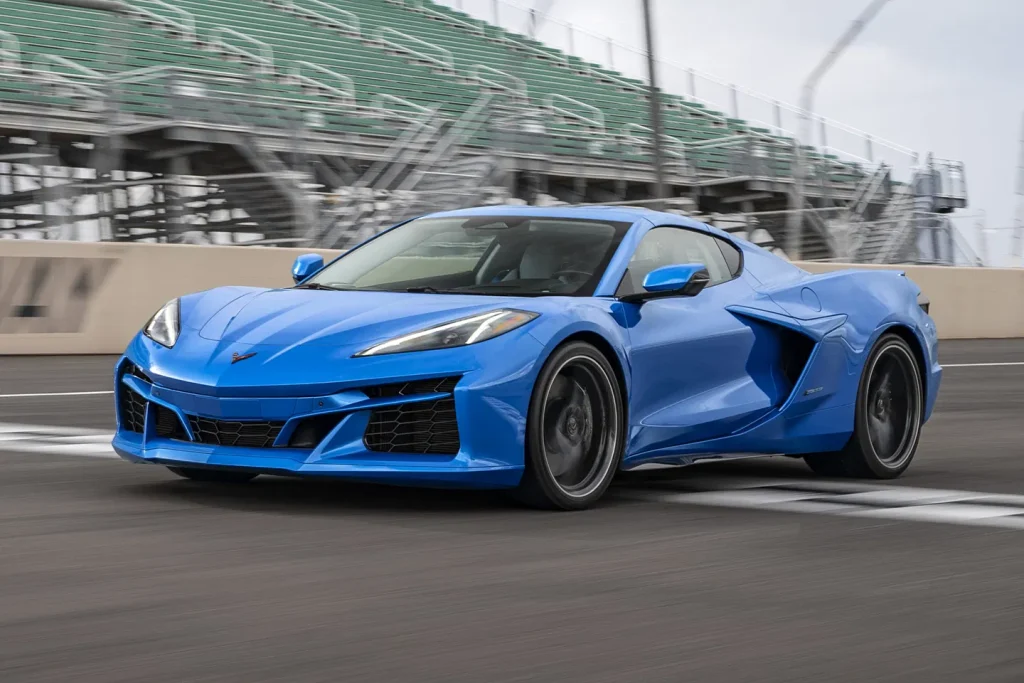
After several years of design, engineering, and testing, the first Corvette debuted in 1953. However, it wasn’t an overnight success.
It took time for the car to find its footing, but once it did—and especially after Ford launched the Thunderbird to compete—Chevrolet was off to the races.
Since then, the Corvette has been a fixture in American showrooms, evolving into sharper, faster, and more capable machines with every generation. In fact, with only one exception, a Corvette has been available for every model year since its inception.
Today, the Corvette continues to defy expectations. It delivers supercar-level performance without the supercar-level price tag, making it one of the best performance values on the market.
And it’s not slowing down—the 2025 ZR1 boasts an astonishing 1,064 horsepower. As Chevrolet looks to the future, the Corvette’s story is far from over. It’s only getting more exciting from here.
Chevrolet Impala
The Chevrolet Impala has long held the position of a flagship model for the brand, carrying a legacy that spans decades. Originally launched in 1958 as a premium trim on the Bel Air, it quickly established its own identity just a year later by becoming a standalone model at the top of the Chevrolet lineup.
It quickly emerged as a benchmark for full-size American sedans, combining upscale interiors, powerful engine options, and an accessible price point that resonated with a wide range of buyers.
Throughout its production run, the Impala became a beloved nameplate, but no year stands out more than 1965, when Chevrolet sold an astonishing 1,074,925 units in the United States alone.
That record still stands today as the highest number of vehicles sold under a single nameplate in a single year. The Impala was a cultural icon, and like many iconic cars, it also made its way into pop culture.
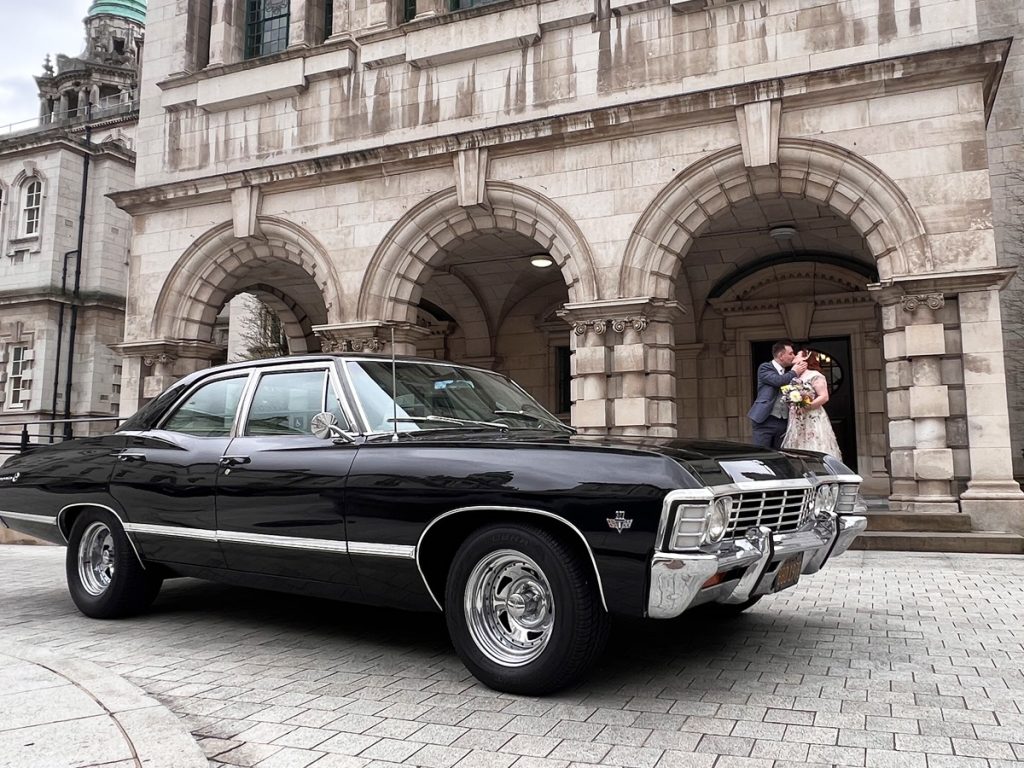
Among its most famous appearances is the black ’67 Impala affectionately called “Baby” on the TV show Supernatural, which amassed a cult following and became one of the most beloved cars in television history.
Unfortunately, over time, Chevrolet failed to maintain the Impala’s high standards. As the decades passed, the model suffered from uninspired design choices, declining build quality, and underwhelming performance.
Even though Chevrolet made strides to restore some of its former glory near the end of its run, those improvements arrived too late to reverse its fortunes. The Impala was finally discontinued in 2020, but its legacy remains a defining chapter in the story of Chevrolet.
Also Read: 10 Long-Lasting Used EVs Under $20K Offering The Best Value
Chevrolet C/K Series
Today, when people think of a ‘Chevy truck,’ the Silverado is usually the first model that comes to mind. But before the Silverado took center stage, Chevrolet’s pickup lineup was known by the simple internal designations of “C” for rear-wheel drive and “K” for four-wheel drive.
The C/K Series trucks were sold from 1960 to 1998 and spanned four different generations, becoming some of the most iconic and beloved trucks in American history.
These trucks weren’t just popular—they were influential. They introduced significant innovations to the segment, such as independent front suspension and the introduction of diesel engines in full-size pickups.
These additions helped elevate the pickup from a basic work tool to a more refined and versatile vehicle, capable of appealing to both businesses and families.
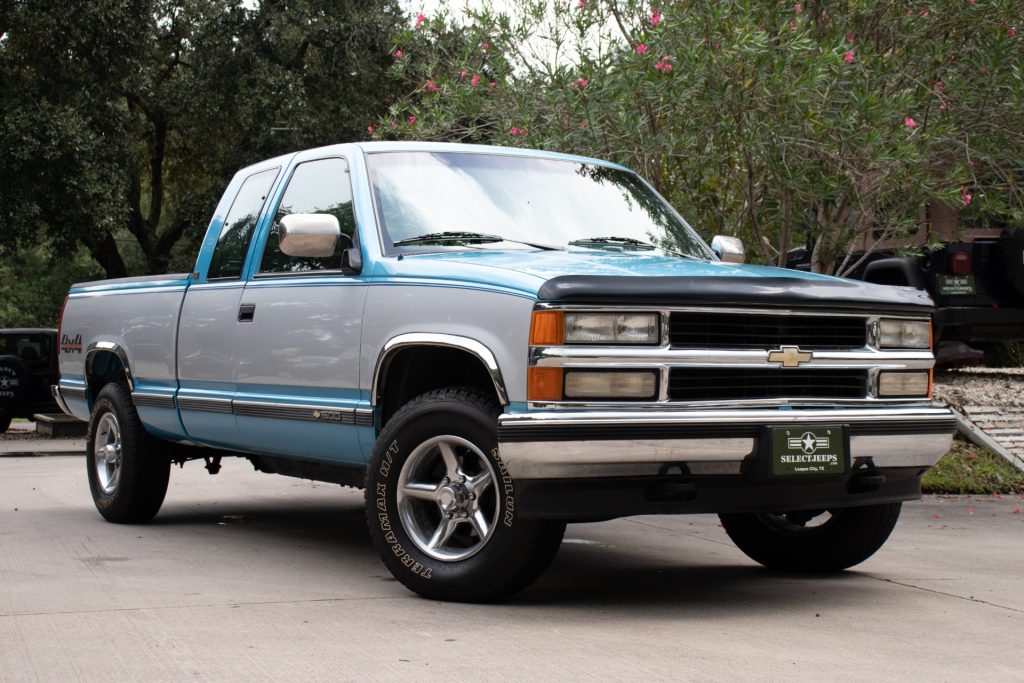
It’s not just nostalgia that keeps these trucks in high regard; collectors and enthusiasts consider many of the models—especially those from the third generation—to be among the greatest ever made.
Eventually, the Silverado nameplate, which began as a trim level, would replace the C/K Series in Chevrolet’s lineup. But the foundation for everything the Silverado has become today was built on the legacy of the C/K trucks.
Their blend of durability, innovation, and character ensures they’re far from forgotten. In fact, some vintage C/K trucks have fetched over six figures at auction, proving their enduring appeal in the classic truck world.
Chevrolet Chevelle
The Chevrolet Chevelle stands as a true symbol of the muscle car era. Introduced in 1964, it arrived during a period when the automotive market was shifting toward smaller, more practical vehicles.
While Chevrolet already had the Chevy II covering the compact segment, it lacked a model to fill the gap between that and its larger sedans. The solution was the Chevelle, which was available in a variety of body styles over its lifetime, including coupe, convertible, sedan, and wagon configurations.
Right from the start, Chevrolet had performance on its mind. The brand launched the SS variant in the very first year, 1964.
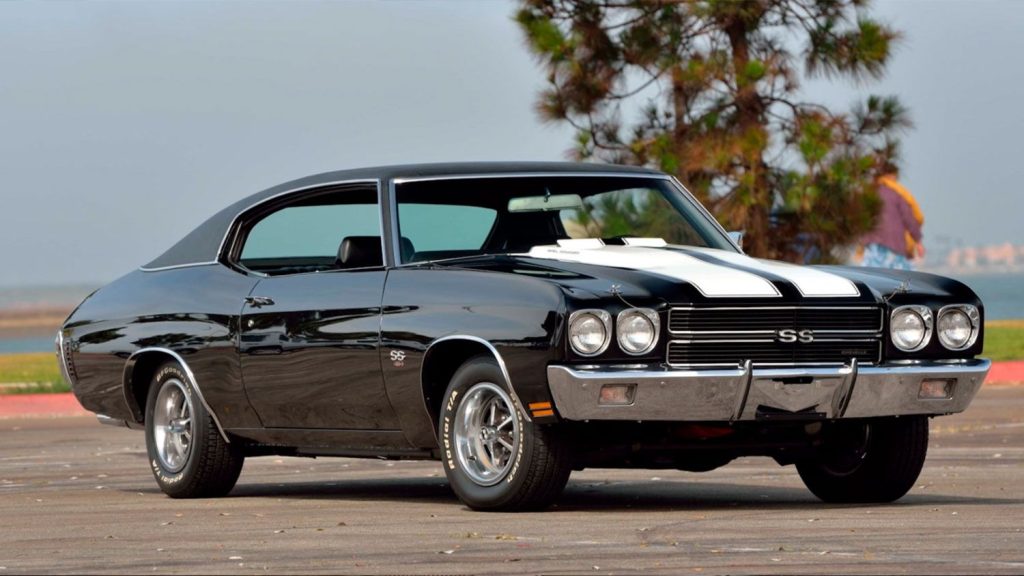
While this early Super Sport version offered a respectable 220 horsepower along with several performance-focused upgrades, it was just the beginning.
As the second generation of Chevelles rolled out, performance ramped up significantly. The most legendary version came equipped with a monstrous 454 cubic inch V8 engine, delivering a staggering 450 horsepower.
At the time, that made it one of the most powerful production cars in the world. Its blend of aggressive styling and thrilling performance cemented the Chevelle as an icon and reinforced Chevrolet’s position as a performance leader.
Chevrolet Malibu
Originally launched as the highest trim level within the Chevelle lineup, the Malibu eventually evolved into its own model and became one of Chevrolet’s most successful mid-size vehicles. Early Chevelle SS models often bore the “Malibu SS” badge, highlighting how intertwined the two nameplates once were.
But by 1978, the Chevelle name was phased out entirely, and the Malibu took over. This new generation featured a smaller, lighter platform, tailored to the increasing demand for more economical vehicles.
In the years that followed, the Malibu continued to prioritize efficiency and practicality. It became smaller with each generation and transitioned from rear-wheel drive to front-wheel drive to further enhance fuel economy and reliability.
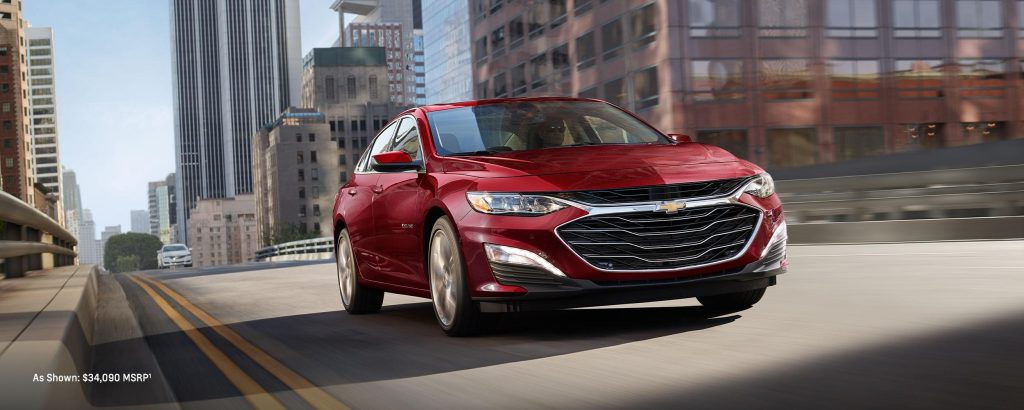
Over time, the Malibu established itself as one of Chevrolet’s top-selling models, managing to outlive many of the brand’s other sedan offerings. However, in 2024, that long run came to an end.
After six decades on the market, the Malibu was officially discontinued as Chevrolet shifted focus toward electric vehicles. As noted in this update, “Yet another popular sedan is being killed off to meet changing customer demands.”
Chevrolet Camaro
When it comes to legendary rivalries, few match the intensity of the battle between Ford and Chevrolet during the 1950s and 1960s.
The two American giants competed fiercely on all fronts. So, when Ford launched the Mustang in 1964 and created the pony car segment, Chevrolet knew it had to respond—and it did, with the debut of the Camaro in 1967.
The Camaro quickly made its mark in the world of performance cars, establishing itself as a contender with a lineup of powerful and well-rounded variants such as the SS (Super Sport), Z/28, and ZL1.
The ZL1, in particular, went on to become the most powerful street-legal Camaro ever built, thanks to a supercharged 6.2-liter V8 engine pushing out a monstrous 650 horsepower and 650 lb-ft of torque.
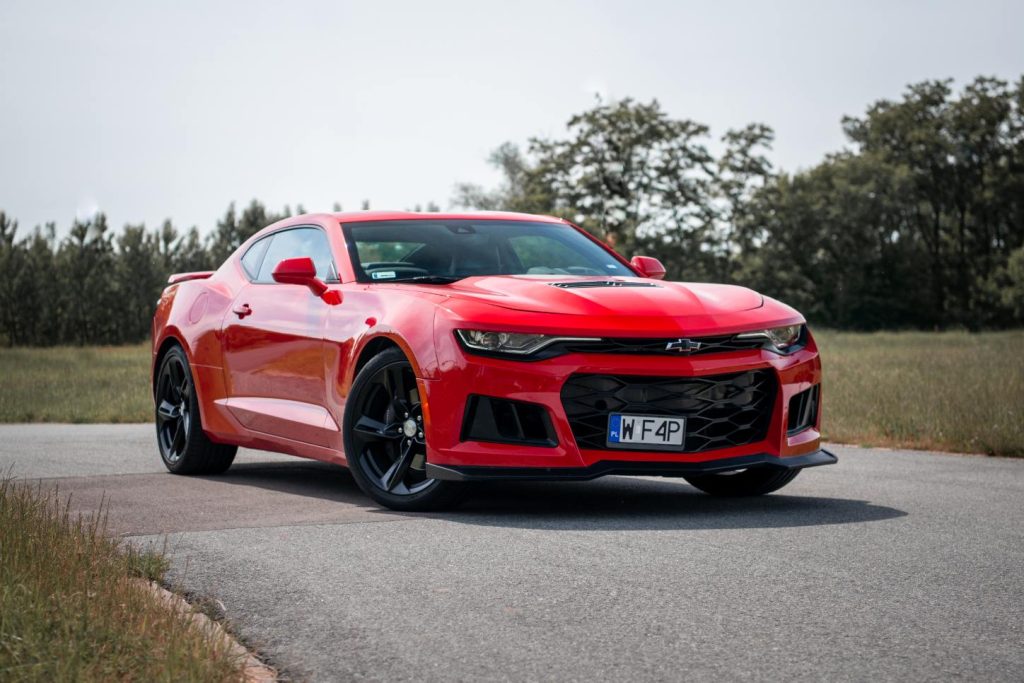
This version blurred the line between muscle car and supercar, proving just how far Chevrolet was willing to go in the pursuit of performance. Still, as hard as it tried, even that wasn’t enough to keep the Camaro alive forever.
As noted in a related article, “Chevy regrets letting the Mustang have all the fun, but the loss of the Camaro is your ticket to paying less for something better.”
Chevrolet Volt
You probably didn’t expect the Chevrolet Volt to show up on a list of iconic Chevys, but it deserves the spotlight. Introduced in 2011, the Volt represented one of the boldest moves the brand had made in years.
While Chevrolet had experimented with hybrid technology before, the Volt broke new ground as a plug-in hybrid electric vehicle with a range-extending gasoline engine. The project was spearheaded by GM executive Bob Lutz, who viewed electrification as a crucial step toward reducing America’s reliance on foreign oil.
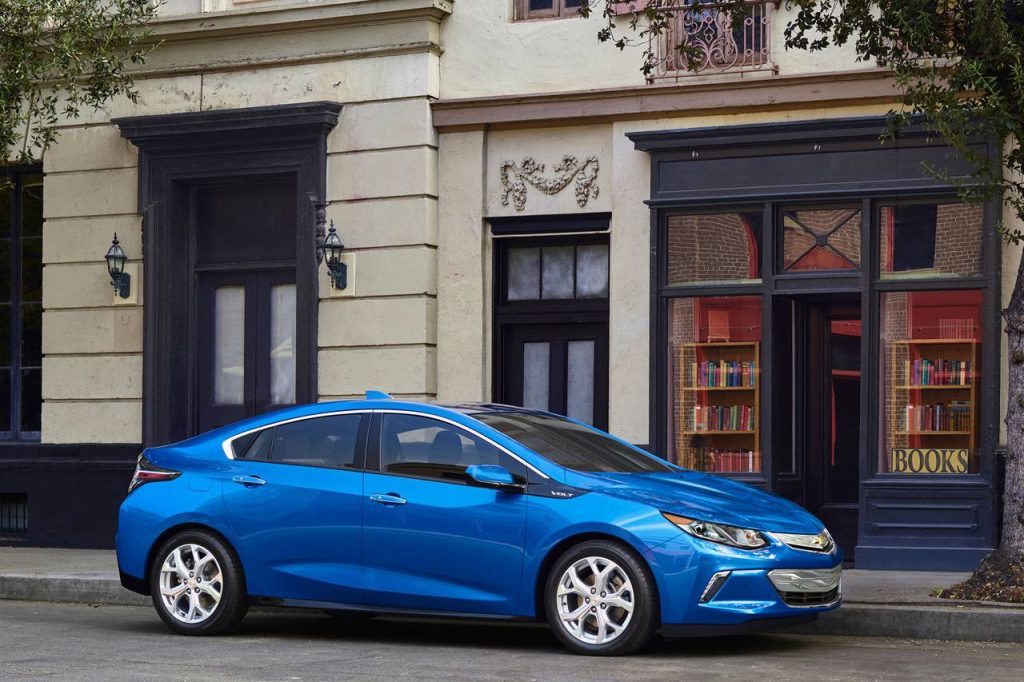
The Volt was a futuristic concept made real, offering 38 miles of all-electric range while still retaining the convenience of a gas-powered engine for longer trips. It struck a unique balance between innovation and accessibility, which initially translated into strong sales.
The second generation improved significantly on the original, making the car even more appealing. Still, despite its technological promise and niche success, the Volt never reached the mainstream popularity GM hoped for. After two generations, Chevrolet ended its run in favor of shifting fully toward electric vehicles.

